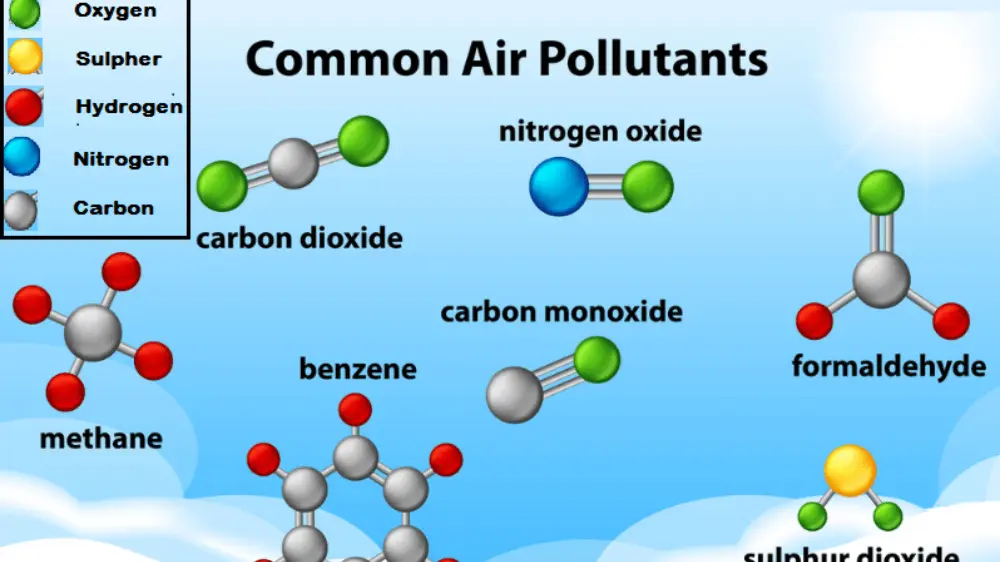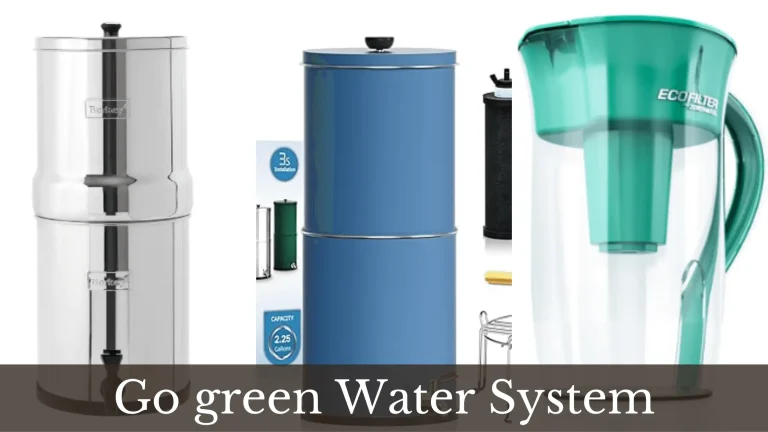Air Pollution: Air Pollutants, Sources, Effects, and Control
Air Pollution and Pollutants
Our ears are tuned to this very common word “Air Pollution”. Any physical, biological, or chemical alteration to air quality in the atmosphere is termed air pollution. It is one of the major types of environmental pollution. Motor vehicles, domestic wood fires, and industries have a larger impact on our air quality. It occurs when any harmful gas, smoke, or dust enters into the atmosphere and is not conducive for plants animals, and humans. Environmental studies have a vast scope and importance, thus we need to care for the environment.
All living organisms sustain on this planet due to the fixed combination of gases that form atmospheres. An imbalance in the percentage of these gases may be harmful to the survival of living organisms. Environmental Protection Agency (EPA) monitors air quality at different metropolitan and regional locations. Global warming, a direct result of this imbalance has become the most crucial threat and challenge that the world has to overcome in a bid for survival. Air pollution is caused by;
Primary air pollutants:
Pollutants are a direct result of a process occurring in nature e.g. dust storms and volcano eruptions or by human activity e.g. sulfur dioxide by industries and vehicle smoke. Oxides of Carbon, sulfur, nitrogen, hydrocarbons and particulate matter (PM) contribute to about 90% of global air pollution.
Secondary air pollutants:
Primary pollutants react and intermingle with each other or with air components to form secondary pollutants e.g. smog, ozone, carbonic acid, nitric acid, sulfuric acid, etc.

Sources of air pollution
A series of activities and interactions cause air pollution. These may be enlisted as natural and man-made causes of air pollution.
Natural sources include dust storms, gases like carbon dioxide by respiration and methane from cattle dung and paddy fields, volcanic eruption, etc. Man-made sources of air pollution include smoke produced from industries and vehicles by fossil fuel combustion, mining, crushing sites, etc.

Burning of Fossil fuels
Burning of fossil fuels like coal and petroleum in factories and vehicles produces sulfur dioxide which is a major source of air pollution. We rely greatly on factories for the production of commodities and vehicles for transportation but in turn, these produce a lot of air pollution. Carbon monoxide emitted by the incomplete combustion of fossil fuels is the second major source of air pollution. Natural and manmade sources release oxides of nitrogen another contributor to air pollution.
Agricultural activities
After Green Revolution, the use of chemical inputs like fertilizers, pesticides, and insecticides has increased and all these are responsible for the increase in ammonia gas in the atmosphere. These chemicals after being washed out with water also cause water pollution.
Exhaust from industries:
Manufacturing and processing industries are releasing oxides of carbon, sulfur, and hydrocarbons into the environment thereby depleting air quality. Oil refineries are also adding hydrocarbons into the environment causing air pollution.
Mining:
Mining activities cause the release of dust, fine particles, and chemicals into the air depleting the quality of living organisms. Mining also causes health hazards for workers and people living in nearby areas.
Household activities
Indoor cleaning, dusting, and painting, also cause air pollution. Breathing properly in such areas becomes uneasy after cleaning and painting due to suspended particles and a pungent smell.
Effects of air pollution
Respiratory and heart problems
Air pollution is known to cause respiratory and heart problems along with cancer. Infants are more affected by asthma and pneumonia in air-polluted areas.
Global warming
Global warming is the most hazardous effect that the world is facing with the advent of air pollution. The melting of ice from glaciers and icebergs and the increase in sea level due to global warming have already triggered the alarming situation.
Ozone layer depletion
The ozone layer is present in the stratosphere and protects from harmful ultraviolet (UV) rays. Air pollutants like chlorofluorocarbons and hydrochlorofluorocarbons are destroying the ozone layer. Its depletion will cause skin cancer and eye irritation along with damaging crops.
Acid rain:
The burning of fossil fuels causes the release of oxides of nitrogen and sulfur. When it rains, water droplets combine with these air pollutants and fall on the ground in the form of acid rain. It causes great damage to humans, animals, crops, and buildings as well.
Effect on wildlife:
Wildlife also faces the devastating effects of air pollution. Air pollution causes the destruction of habitat so wild animals have to switch their habitat. Toxic pollutants deposited over the water surface also destroy aquatic life.
Solutions for air pollution
Use of public transport
We should encourage people to use public transport and try car-pooling[3]. This will reduce release of pollutant gasses from the exhaust of vehicles.
Energy conservation:
Energy is produced by burning fossil fuels. Switching off fans and lights which are not being used can save consumption of non-renewable energy sources.
Use of 3-R Strategy:
The strategy of reduce, reuse and recycle is of great importance in this ever devastating environmental conditions. E.g. old jars can be used to store pulses in the kitchen.
Alternate energy sources:
As fossil fuels are non-renewable and produce pollution, the use of alternate energy sources like wind, solar, and geothermal energy sources is on high these days. These sources are termed clean energy sources. The government and some organizations are funding and providing technical support to install these clean energy sources.
Energy efficient devices:
CFL lights (Compact Fluorescent Lights) consume less electricity and live longer thus these help in conserving limited available energy. Ultimately these are sources to reduce air pollution.
Several attempts are being carried out to limit air pollution. Still, a long way to go, and there is a need to work at the government, organizational, and individual levels to combat this ever-increasing air pollution. Air pollution is one of the most prominent man’s follies but proper management is needed to undo all this.
Tree Planatation
Forests are the lungs of earth, they help in cleaning the air. It is recommended to plant trees as they reduce air and noise pollution. Moreover, they cause lowering of the temperature and rainfall by evapotranspiration. Forests have benefits beyond these.
I’m Dr Qaiser Maqsood (PhD), a dedicated researcher and expert in Biological Sciences, Gardening, Bio-Diversity, Ecology, and Environmental Sciences. I’m much concerned about Environmental Pollution, Climate Change, Plantation, Gardening, and Global Warming. My passion is to explore innovative solutions in all these fields.
Be aware that we have ONLY ONE EARTH. Protect it!!






